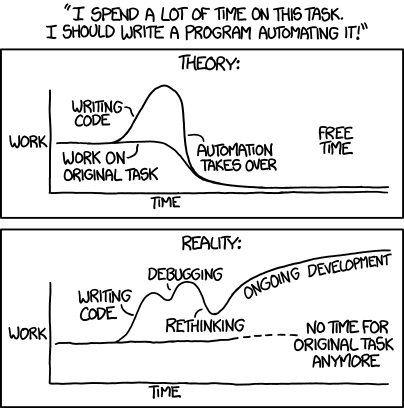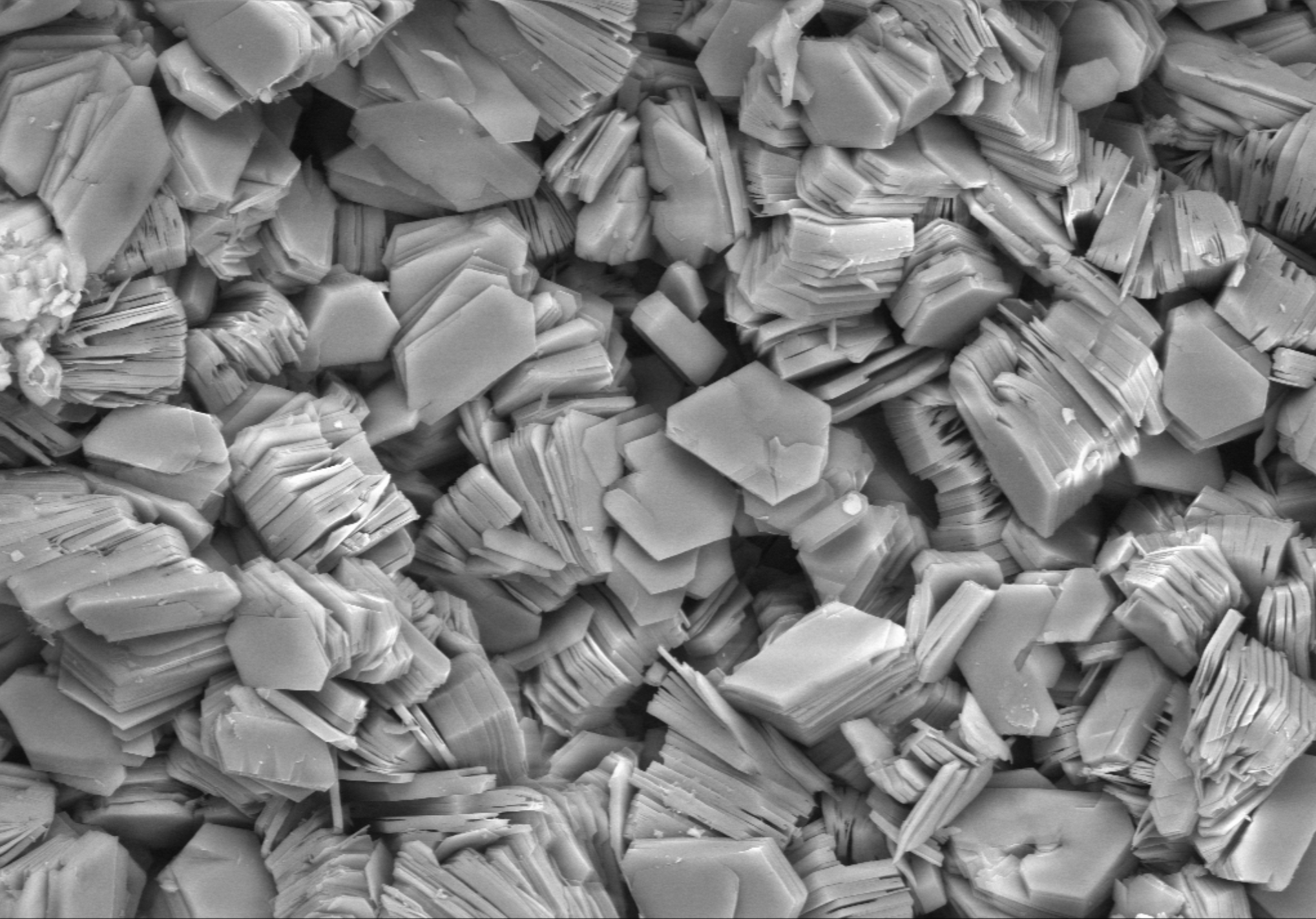Automation and parametrization in engineering and construction are currently revolutionizing the whole industry. Here are a few useful tips to avoid encountering situations where programming and automation becomes more time-consuming than the primary task in hand.
1. Keep It Simple: Start with a modular approach to avoid complexity. If what you try to automate is complex, break it into smaller parts. Focus on small wins first and connect the dots later.
2. Clean and Generic Code: Keep the code as clean, straightforward, and generic as possible. This should also reduce the debugging efforts. Good documentation is a must-have, not a good to have. Writing modular functions or classes in Python that can be adapted across multiple projects saves time in the long run.
3. Invest Time in Planning: Good planning helps to foresee bottlenecks and ensure smoother development. Use detailed flowcharts to have a systematic and well-organized approach to development. Every transformation and data flow should be well-documented and understood beforehand.
4. Sufficient Testing: Implement unit tests, integration tests, and regression tests. For predictive maintenance models, testing with various scenarios and input data ensures the model behaves correctly under diverse conditions. Automating these tests can ensure long-term stability.
5. Educating End Users: Empower non-programmers to engage with the automation tools. Providing training to engineers on how to modify simple Python scripts (such as adjusting parameters in a configuration file) can help them take ownership of automation tools without being fully dependent on developers.
6. Selecting the Right Tools: Use updated and compatible software. Choosing an outdated or non-standard software tool can lead to inefficiencies. For instance, ensuring your automation scripts are compatible with modern cloud platforms allows scalable deployment without resource limitations.
By following these principles, programming, and automation efforts become more efficient, with a reduced risk of overshooting the intended goals. Automation should enhance productivity without burdening teams with unnecessary complexity.

Credit to https://xkcd.com






